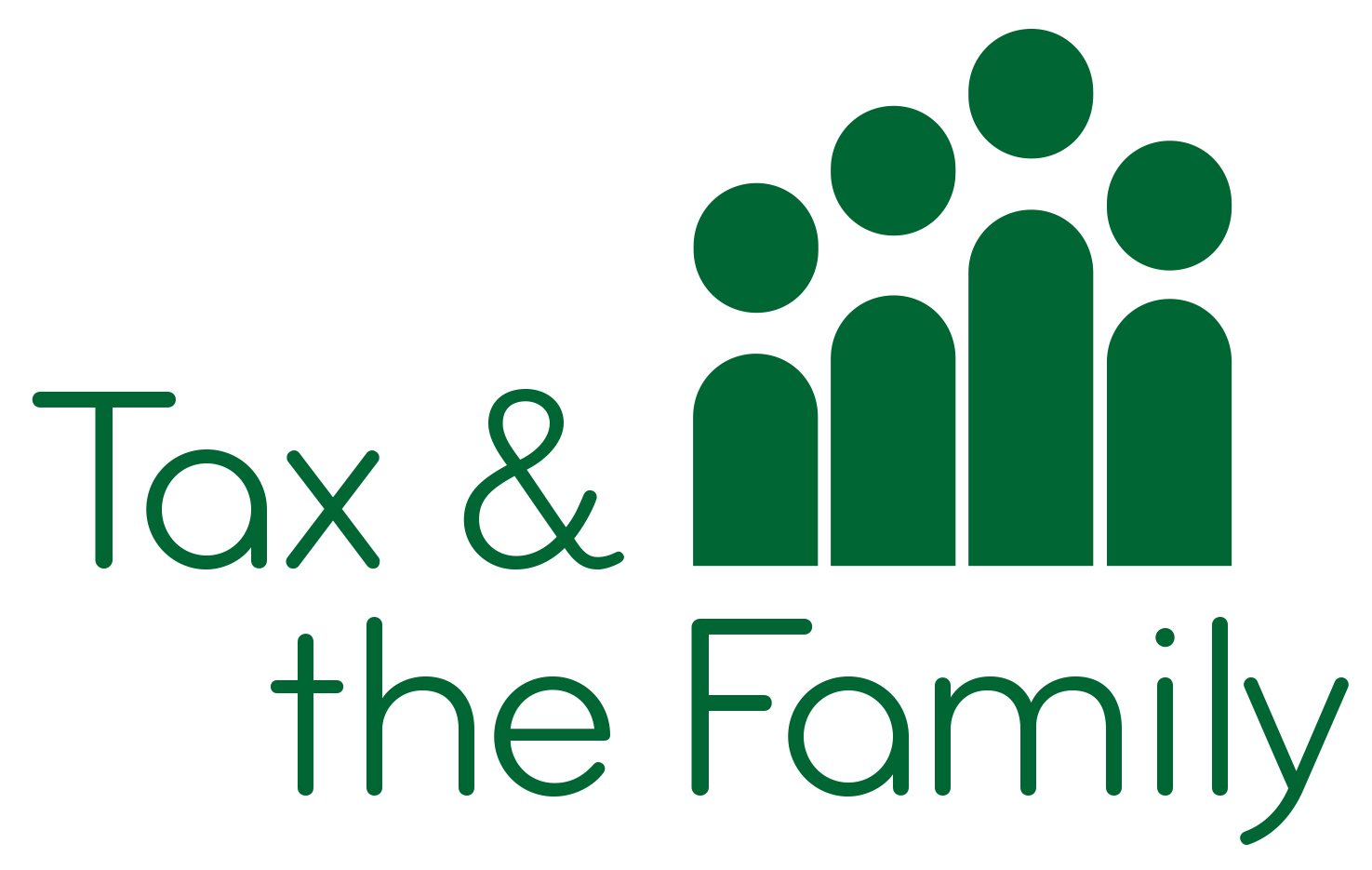A family needs more than twice as much income as a single – Treasury say
Along with the Spring Statement the Treasury released an analysis of the impact of tax, welfare and public service spending on households. It claims that government policy is “highly redistributive” – households in the lowest income decile receive over £4 in public spending for every pound they pay in tax, The poorest 60% of households receive more in public spending than they contribute in tax.
To understand where different households fit in the Treasury show the median gross incomes before housing costs for each decile. Tax and the Family have published similar data for after housing cost net incomes but this is the first time we have seen these official figures. They are very important and should inform any tax policy discussions.
The Treasury figures for median gross incomes for each decile (£ per year 3021/22) for five different households are below:
It will be seen that a couple with two children needs £52,200 to be in the middle of the 5th decile whilst a single adult without children needed only £22,200. A single adult with one child needed £29,000, 2 adults with no children needed £32,900 and 2 adults with one child needed £44,200. Their tax bills will vary enormously. A couple with 2 children could be paying more than four times as much tax as single with the same standard of living. So why do the Treasury continue to ignore this in making tax changes, we ask. Households with children are bearing the highest tax burdens.
To be in the top decile a single adult needed a gross income of £69,700 whereas a couple with two children needed £174,300. To be in the bottom decile a single adult needed £9500 but a couple with two children needed £29,600. To be in the middle of the decile a single adult needed £22,200 and a couple with two children £52,200, a single adult with one child needed £ 29,300, two adults with no children needed £32,900. Two adults with one child needed £44,200. It follows, as Tax and the Family have pointed out, that their tax liabilities of households who have broadly the same standard of living vary considerably. With the same gross earnings the tax liabilities will be the same almost the same even though their living standards will be very different.
The Treasury figures are based on household income, not individual income and take account of the size and composition of the household. To do this incomes are “equivalised”. The equivilisation process adjusts household net income to take account the fact that a larger households require larger incomes to achieve the same standard of living as a household with fewer members.
Housing costs such as rent or cost of servicing a mortgage on not deducted from household income in this analysis.
The household income distribution is created by ranking households from the lowest equivalised net income to the highest equivalised net income and then dividing the ranking into equal sized groups called deciles.
Gross income means – the pre tax private income including earnings private pensions, savings and investment income plus benefit income
The table tells us approximately where each household will be found in income distribution for example if a household consisting of two adults those £23,700 per year between them it is quite likely that this household we found in the third decile. However this is not guaranteed as different household incomes can result different net incomes is depending on how many earners are in the household, the household size and what benefits the household is entitled to. It nevertheless provides a reality check. Households with high individual earnings are not necessarily well off and households with low earnings are not necessarily poor.
Earning the same amounts the tax bills of the five household will be the same or almost the same even though their living standards / ability to pay differ, Tax liabilities are unrelated to how well off households are. Fairness has not ben a policy priority for successive governments, this would be concerning at any time but it is especially worrying that this is the way the income tax system works when families are facing a cost of living crisis.
At the same time as the Spring Statement official figures were released (see separate news item) which showed that a couple with two children needed household income in 2021/22 of almost £39,400 to be in the top half of the income distribution whereas a single individual needed only £18,000, larger families require a higher level of household income to have the similar living standard as smaller households. Tax and the Family have worked out that as a result a couple with 2 children could be paying more than four times as much tax.
The analysis takes account of the:
National insurance changes
Reduction in basic rate of income tax from April 2024
Council tax referendum principles announced in 2021
Student finance change
